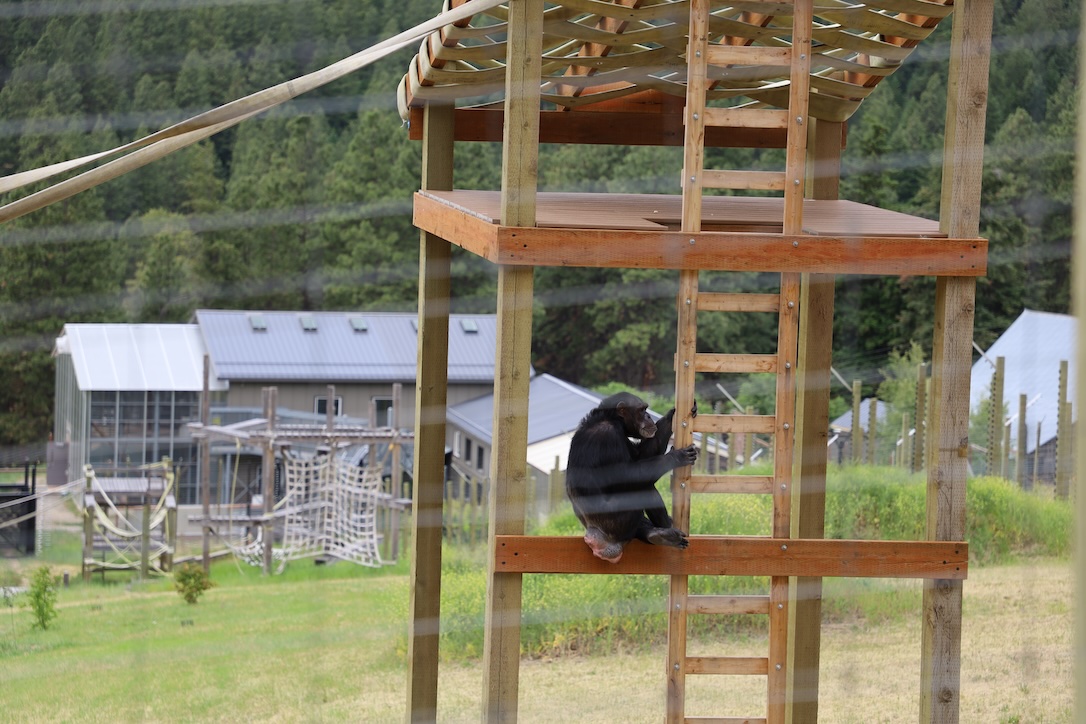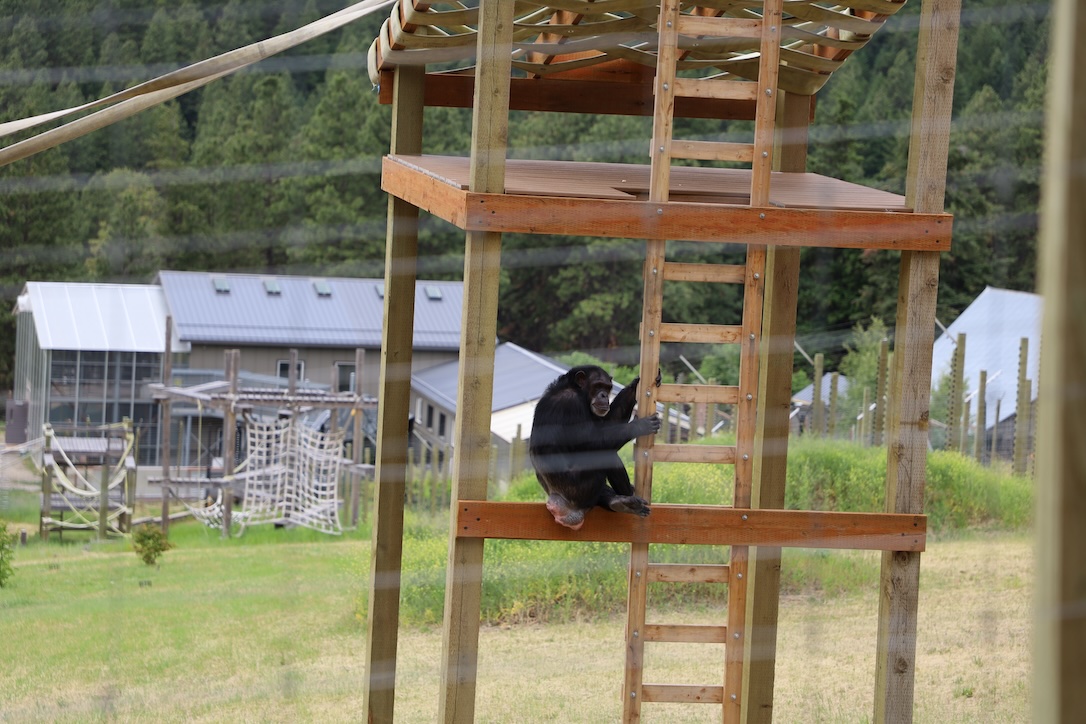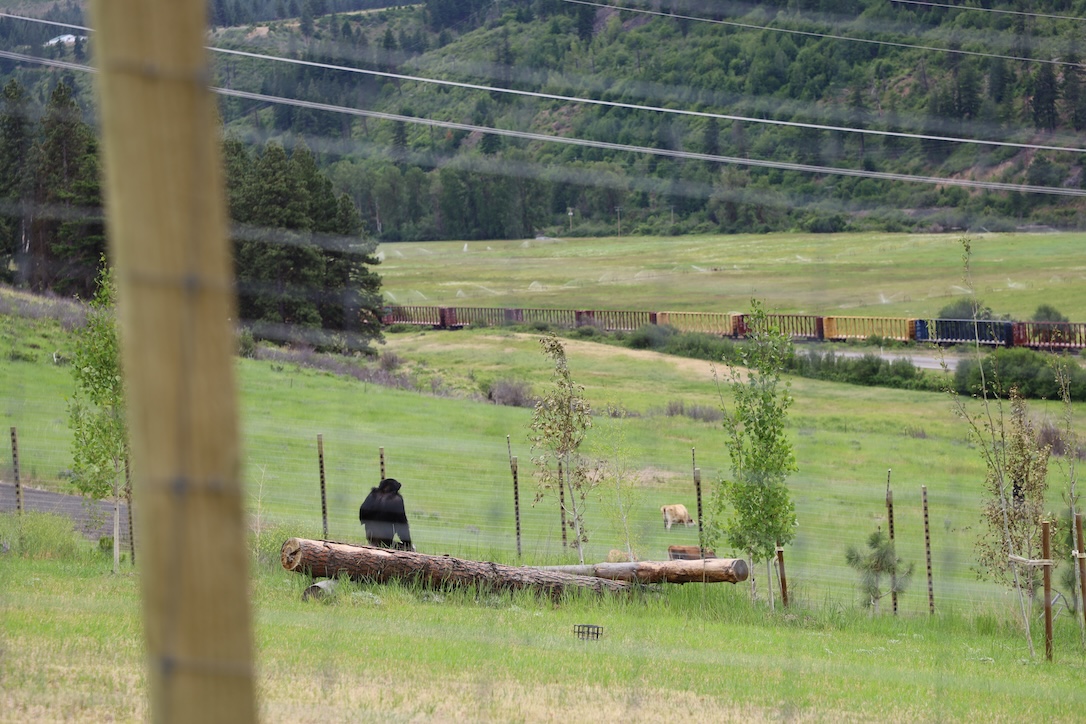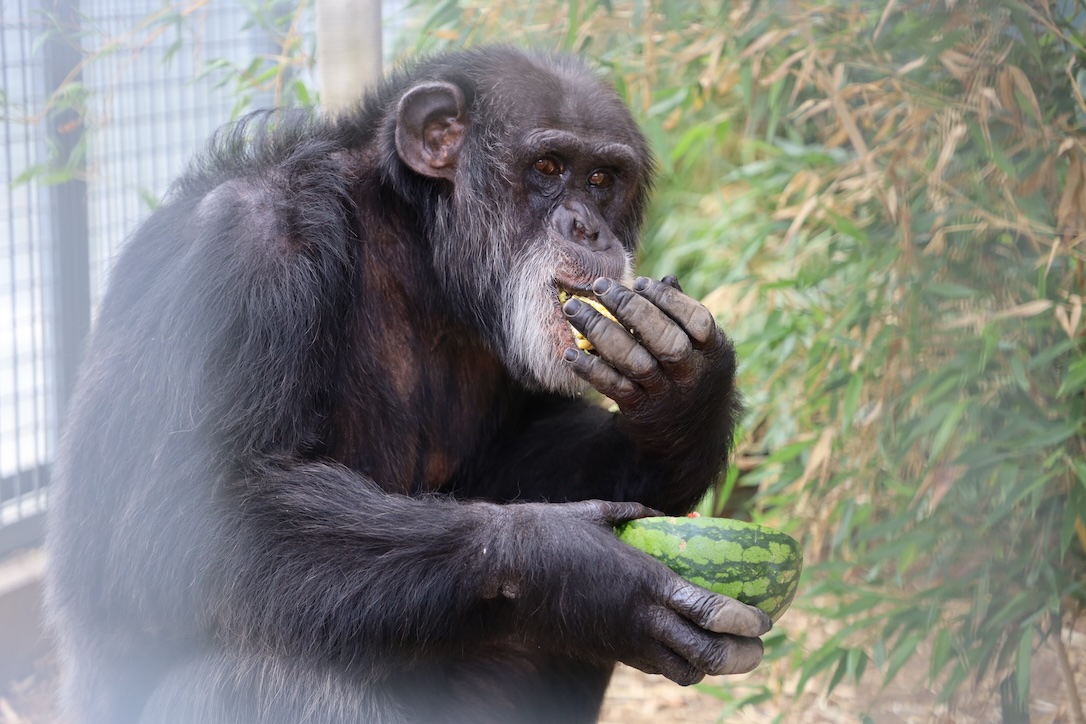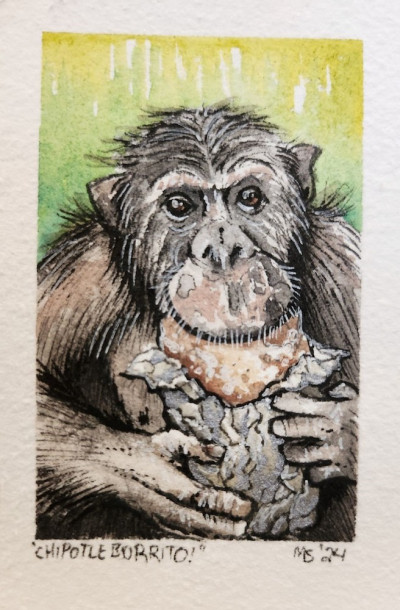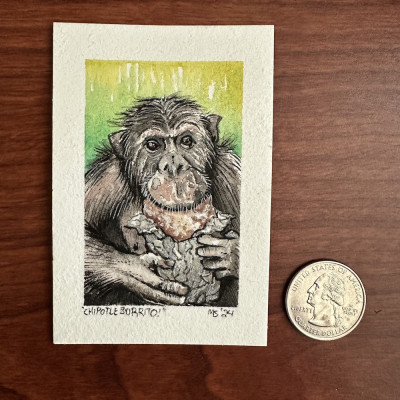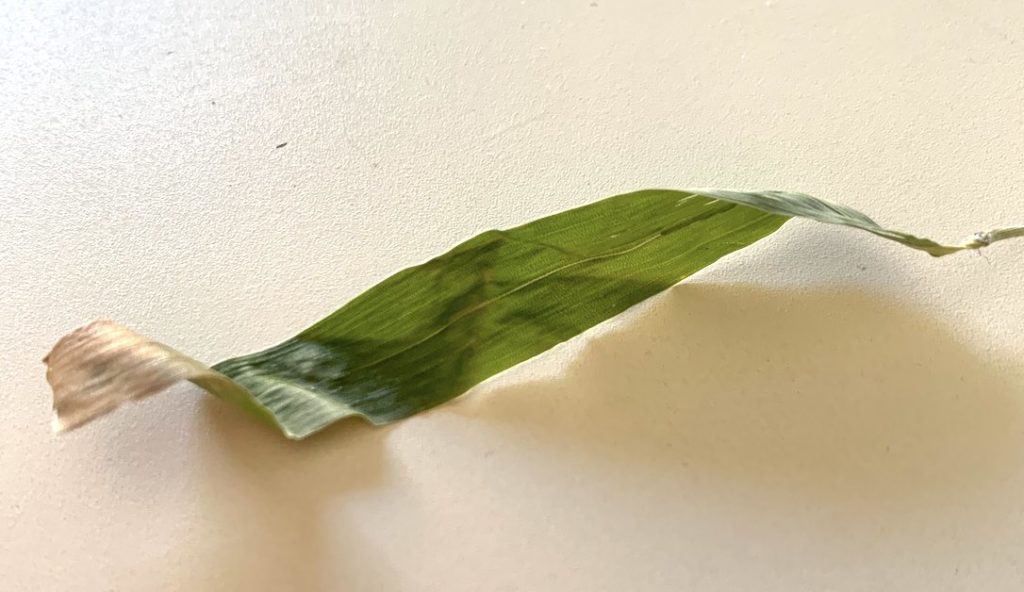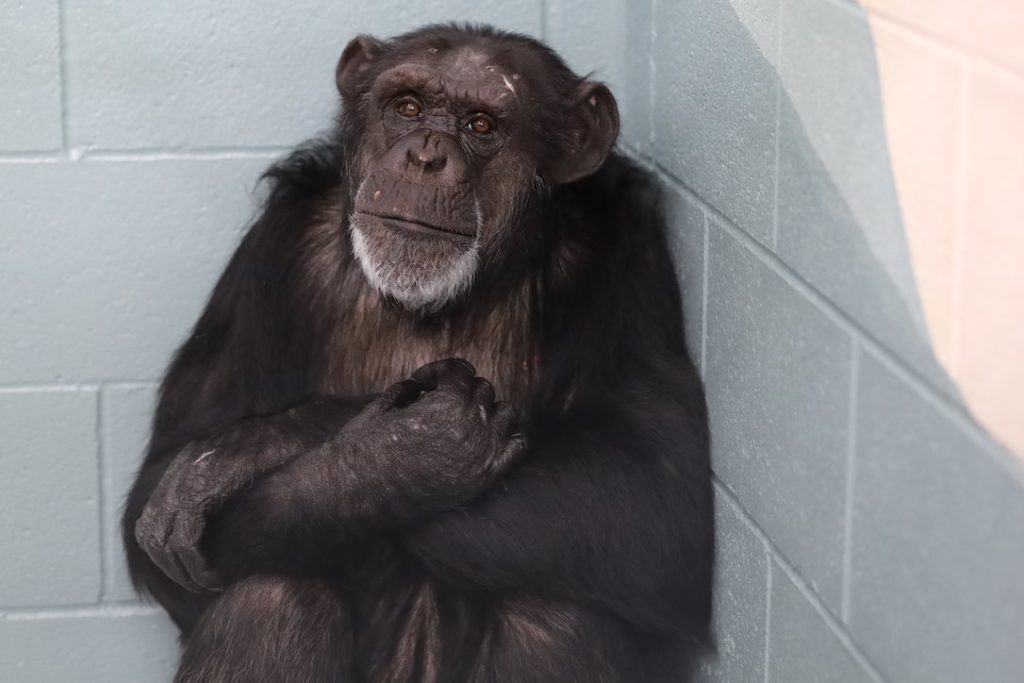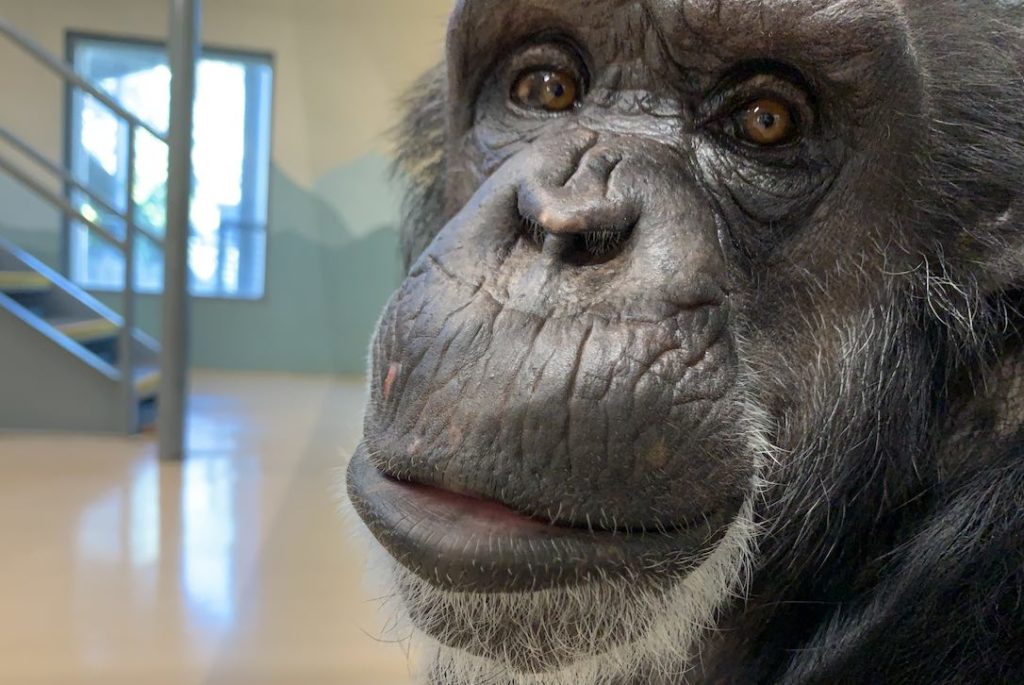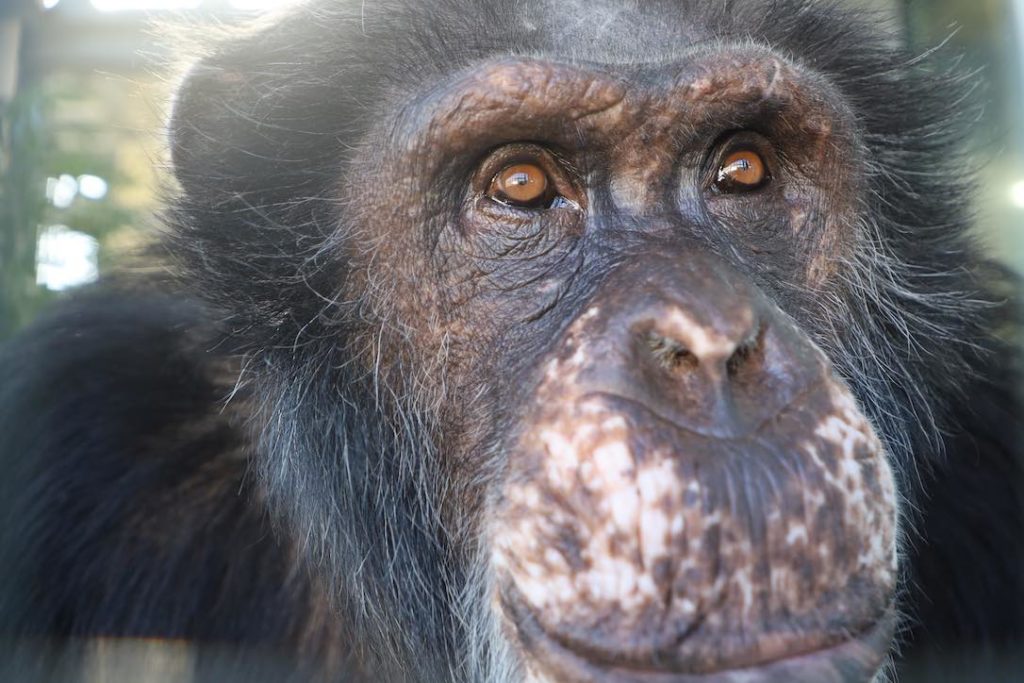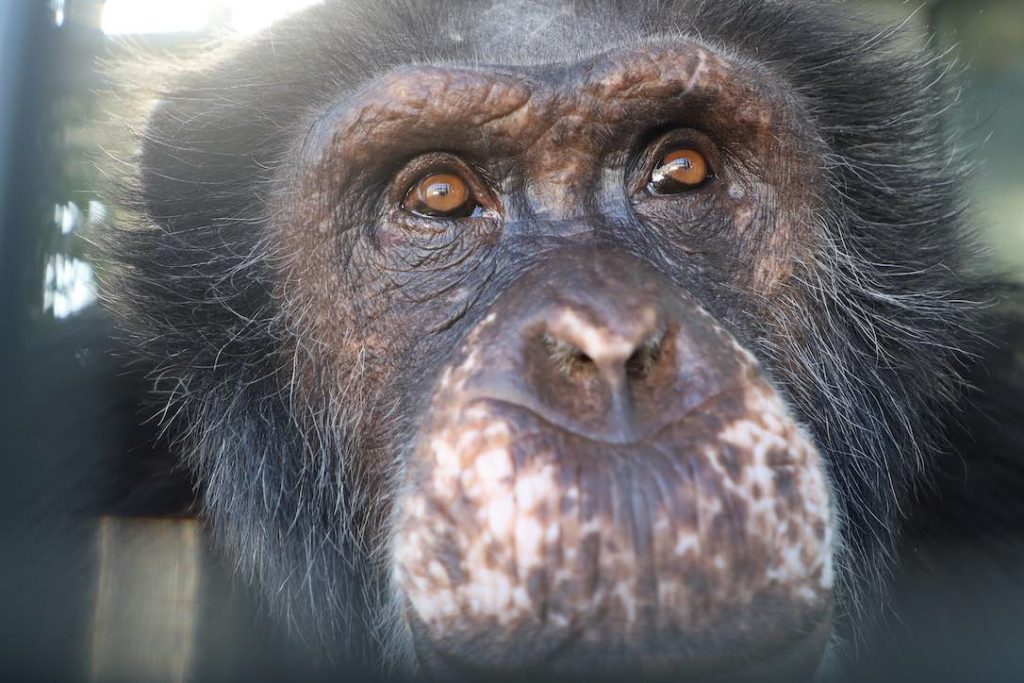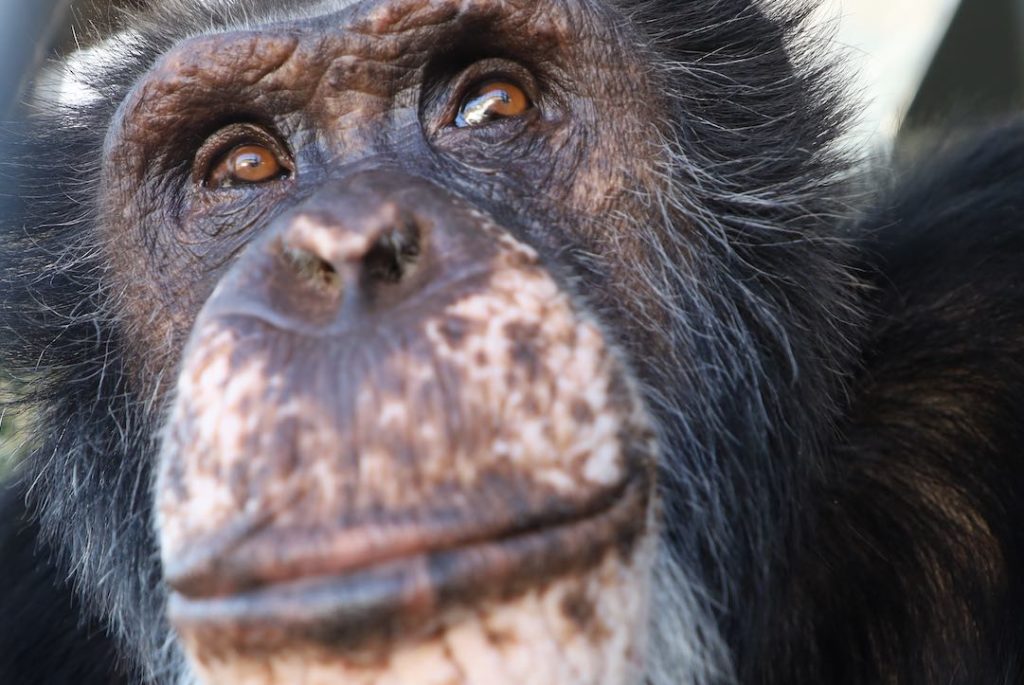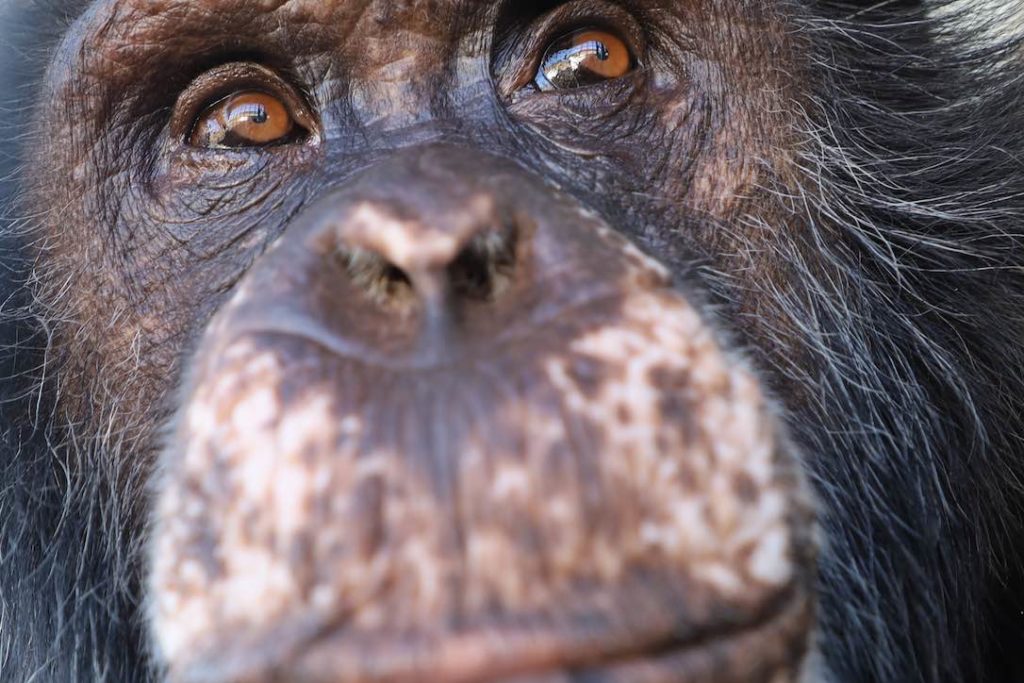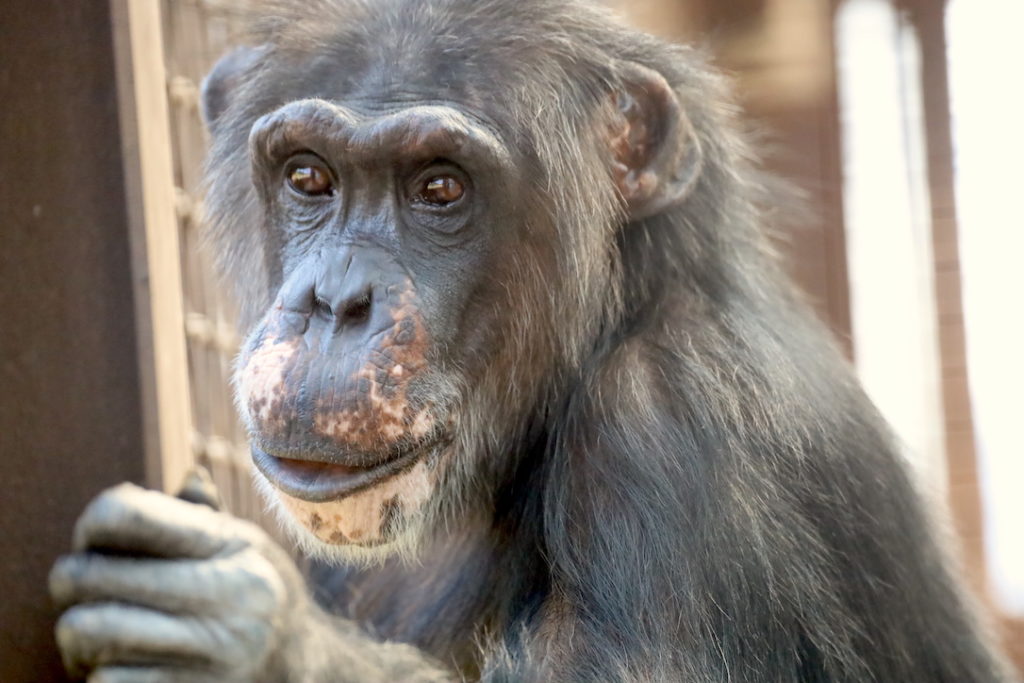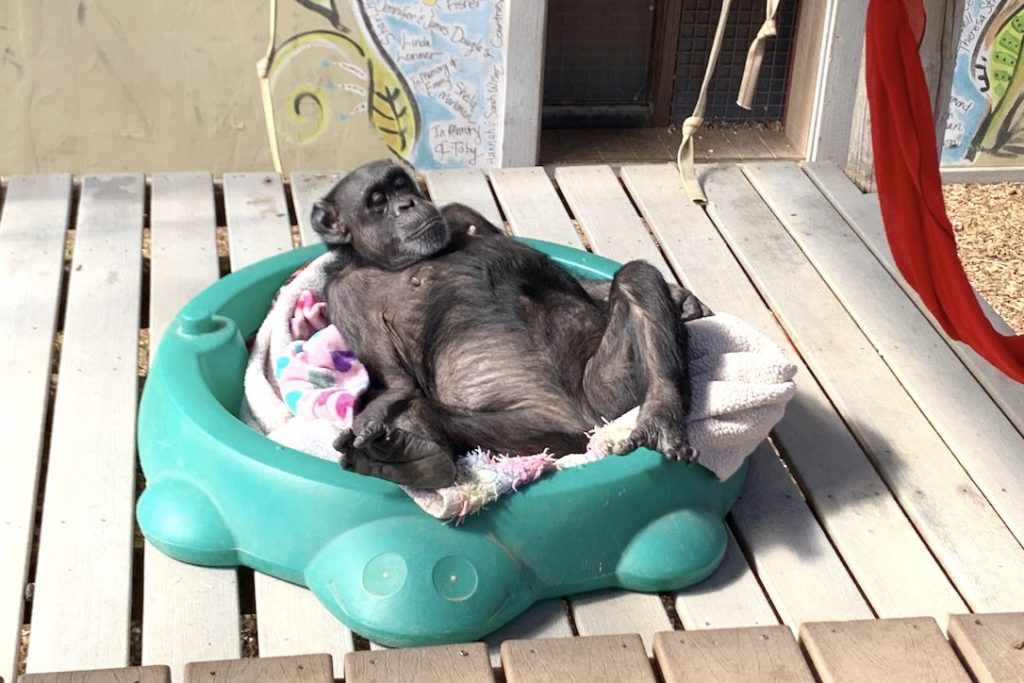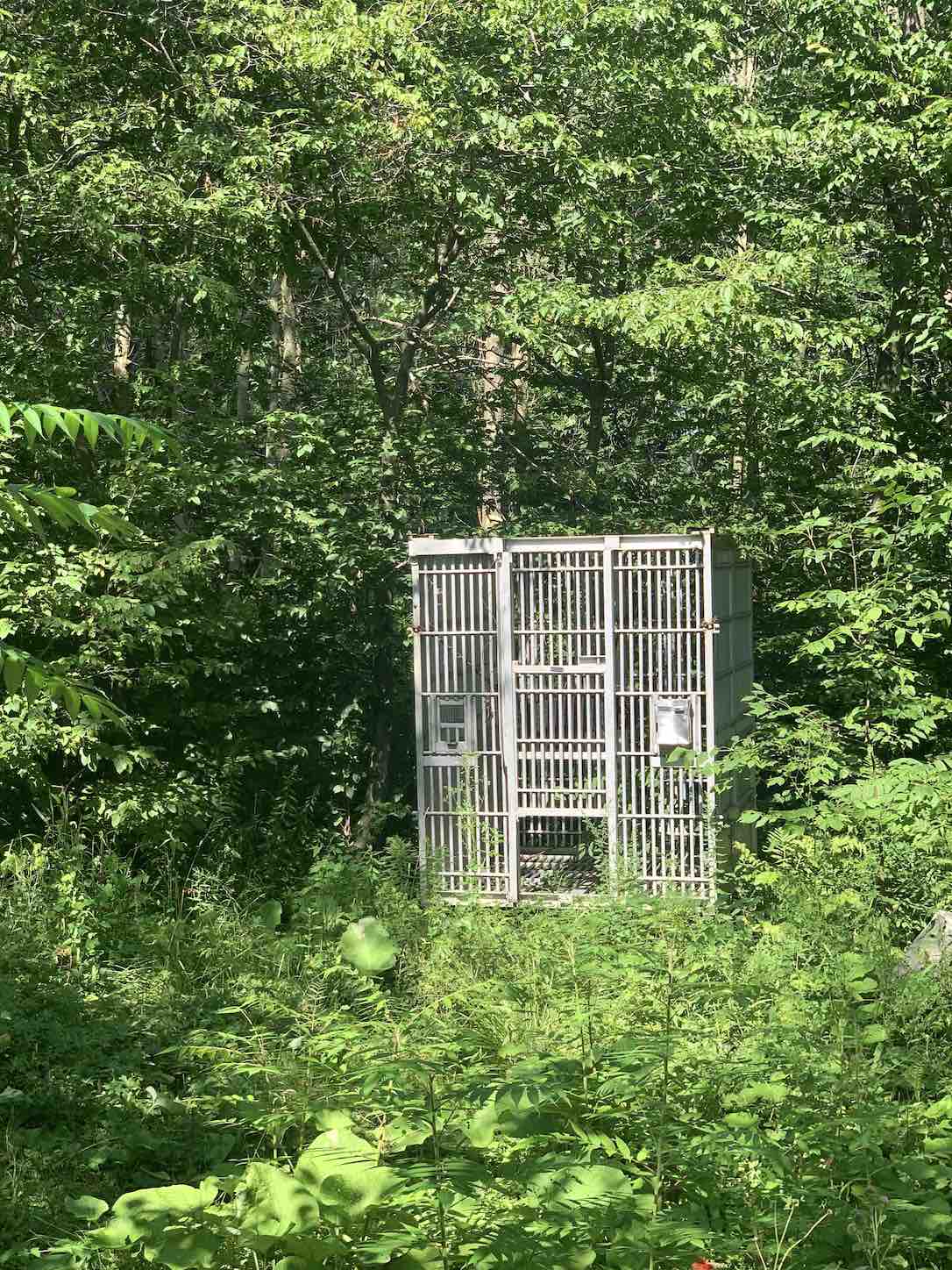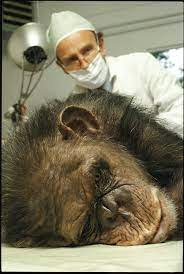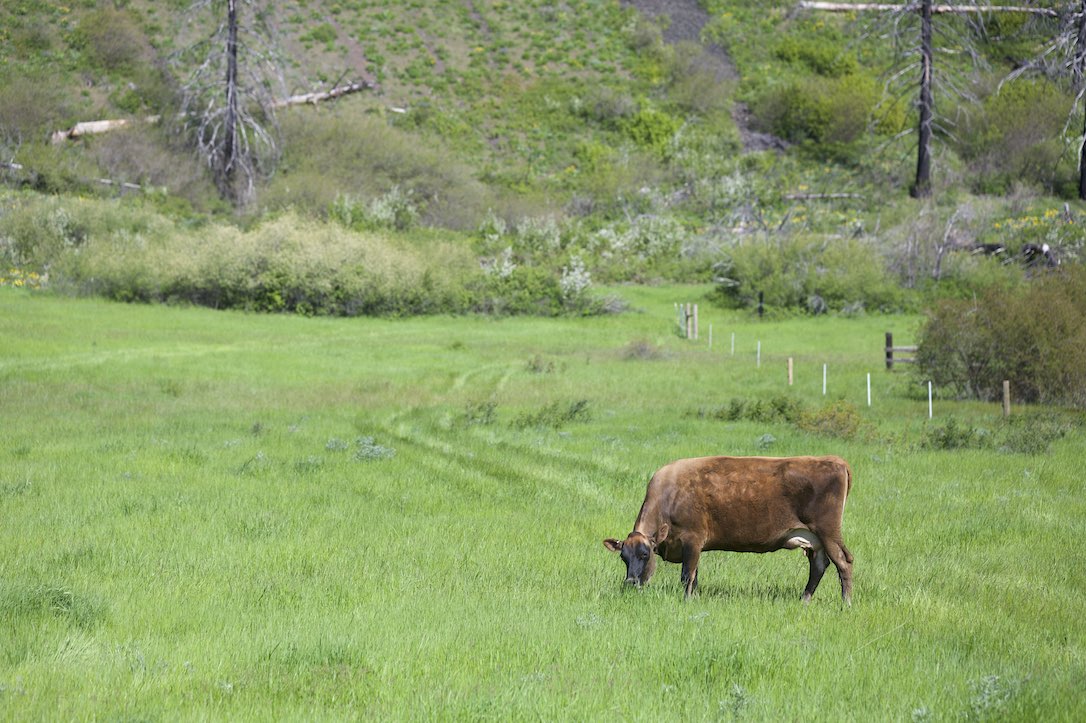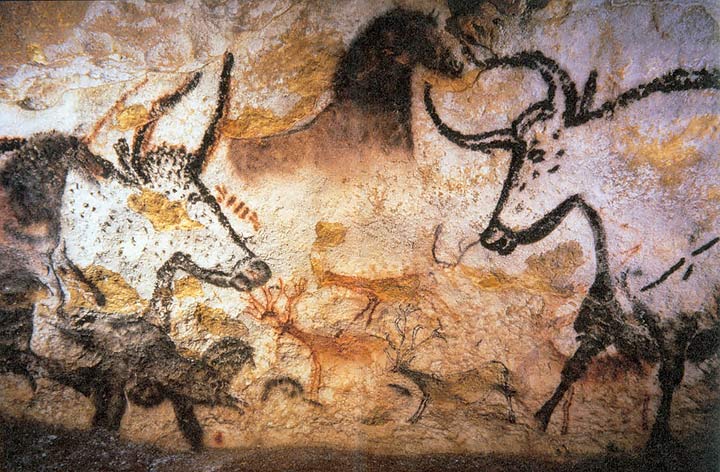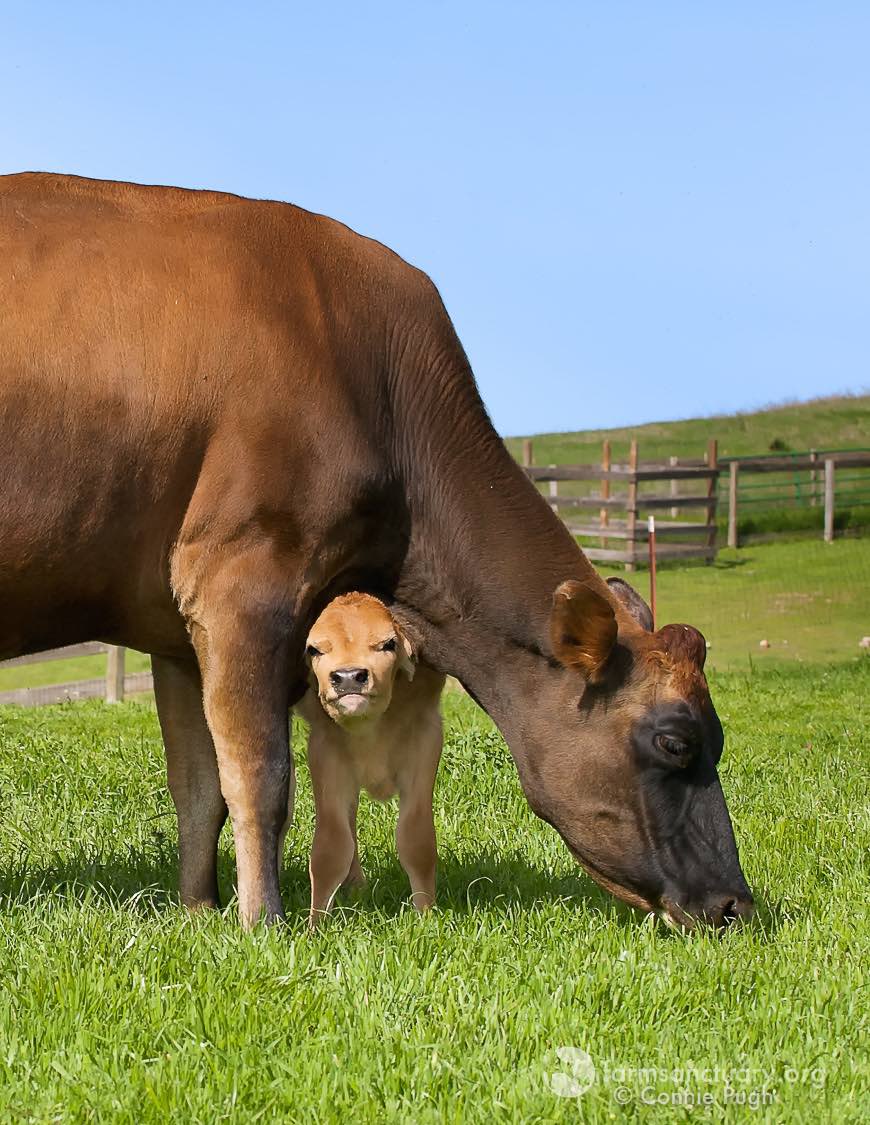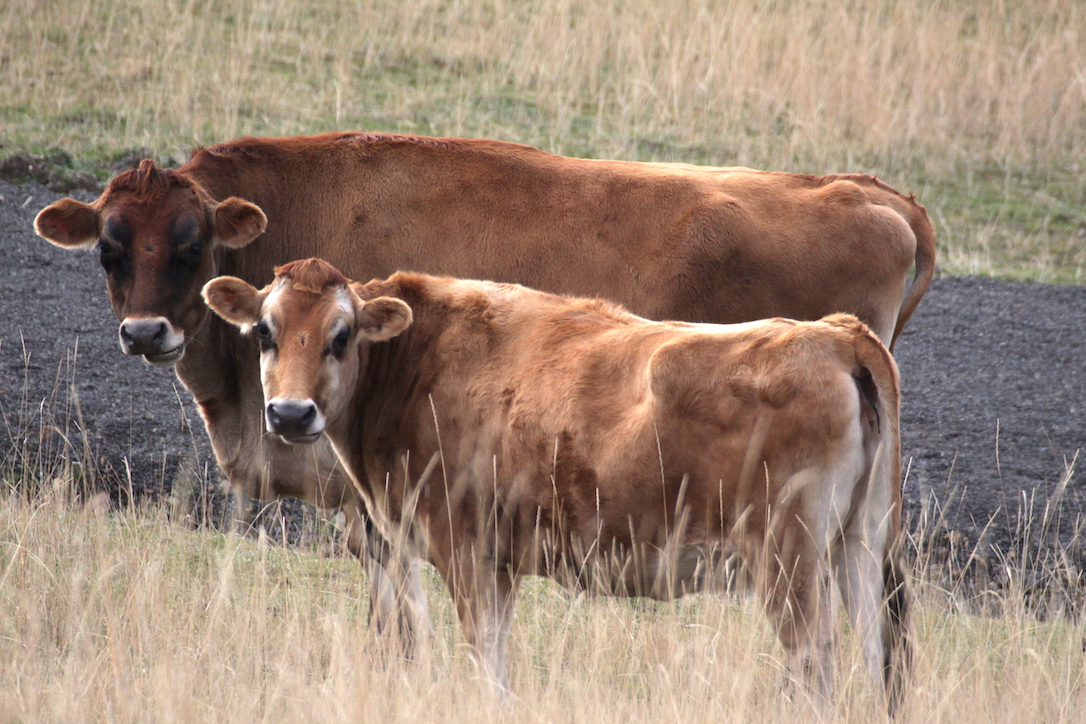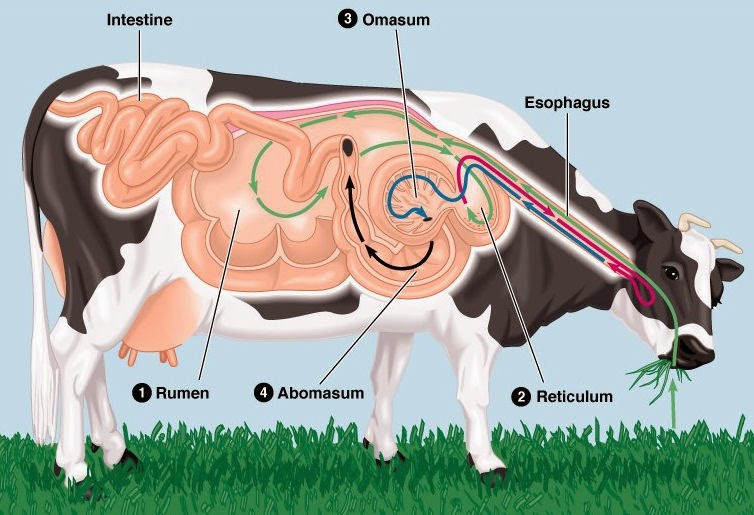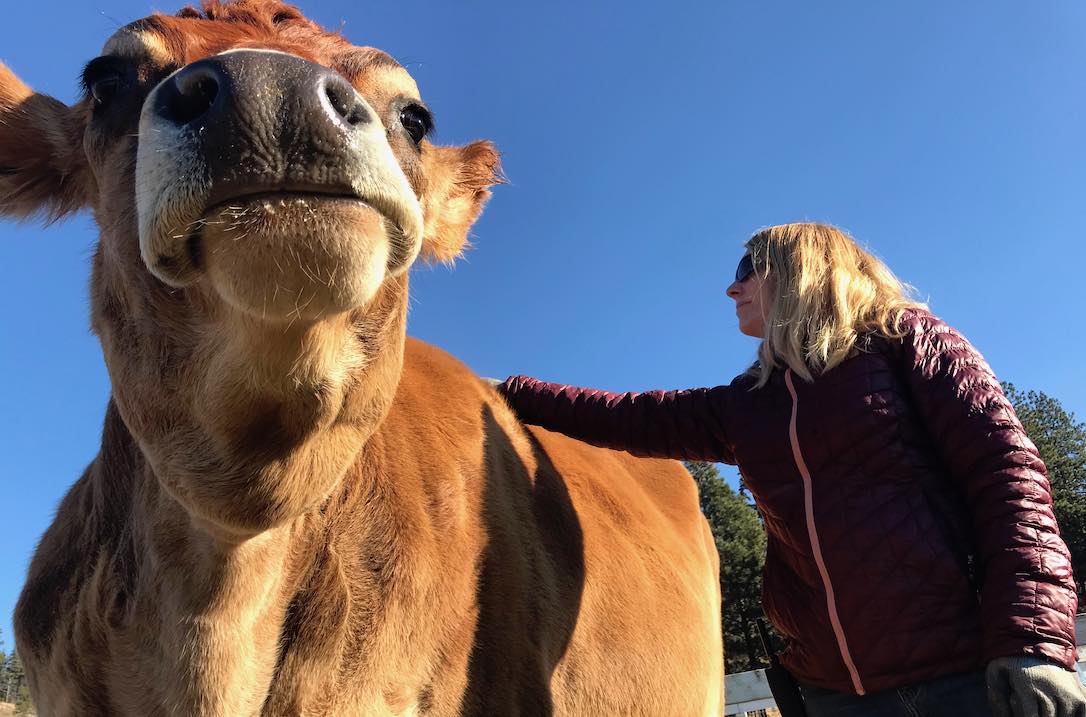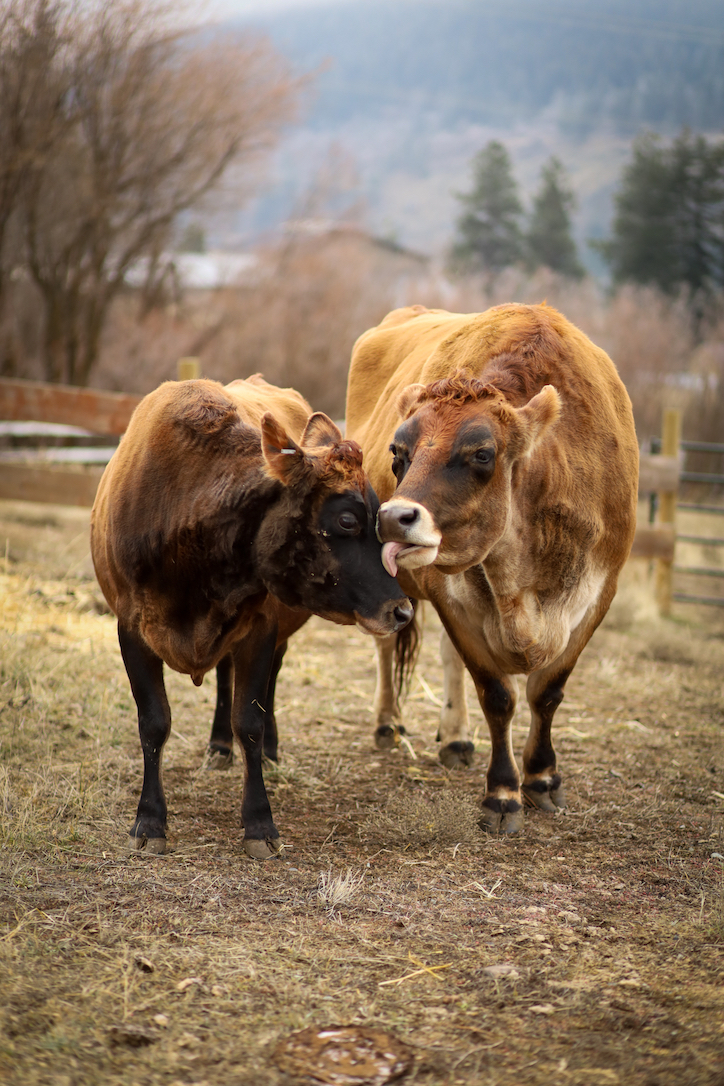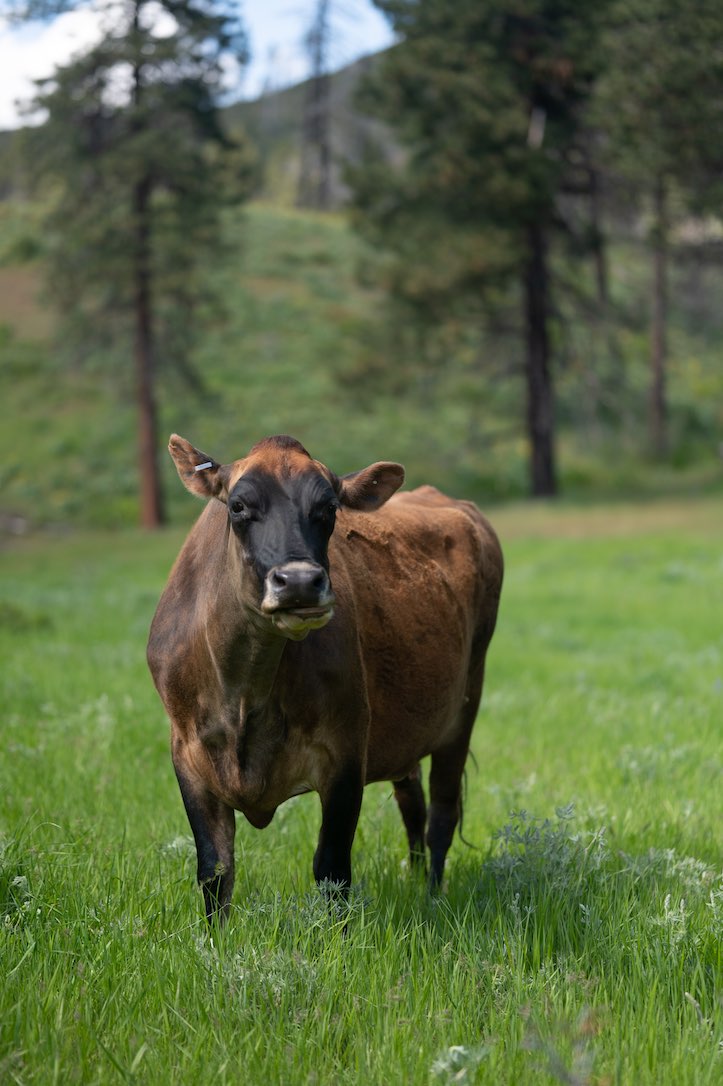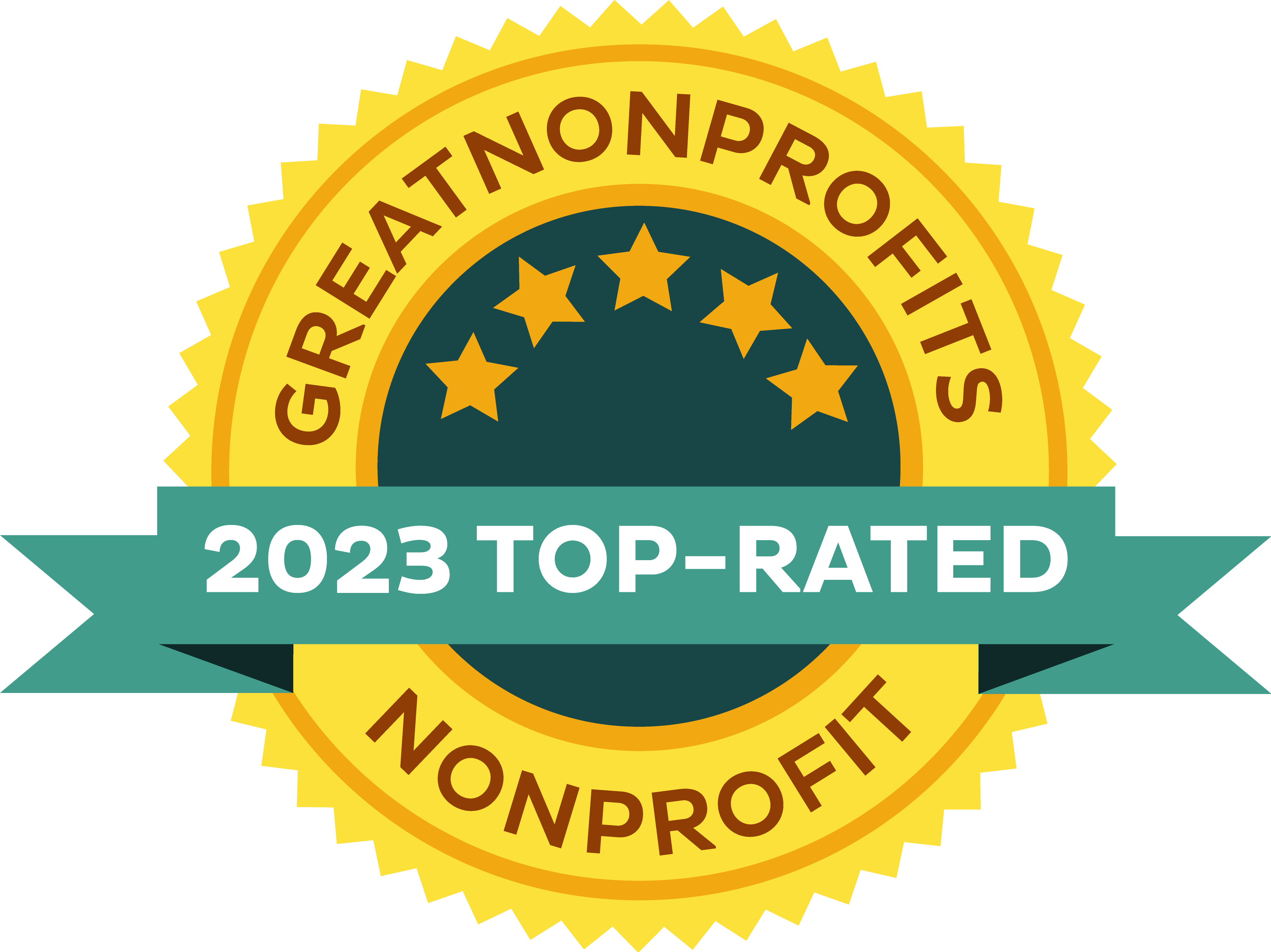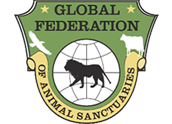Today there were a lot of distractions and side quests that left me short on time for making a well edited blog, so for today’s blog you can check out the short video for footage of our biggest distraction, along with some Burrito shenanigans and check out some bonus photos below!
Lucky enjoying the sights up near the top of the Bray
One of my new favorite photos: Lucky observing the cattle from her comfortable perch on the Bray
We also have a surplus of photos of handsome Gordo enjoying the lunch forage during the Jubilee a couple days ago so I wanted to make sure they got shared!
Don’t forget about our online Sweet Sixteen auction which ends tomorrow at 5pm PT! You still have time to bid on the amazing art pieces that are up for grabs including, my personal favorite, this fun little watercolor “Chipotle Burrito!” which was donated by Megan Senate and features our endearing, fun loving Burrito chimpanzee eating a Chipotle burrito
You can check this painting out as well as all the other amazing paintings, ceramics, photographs, etc here!
